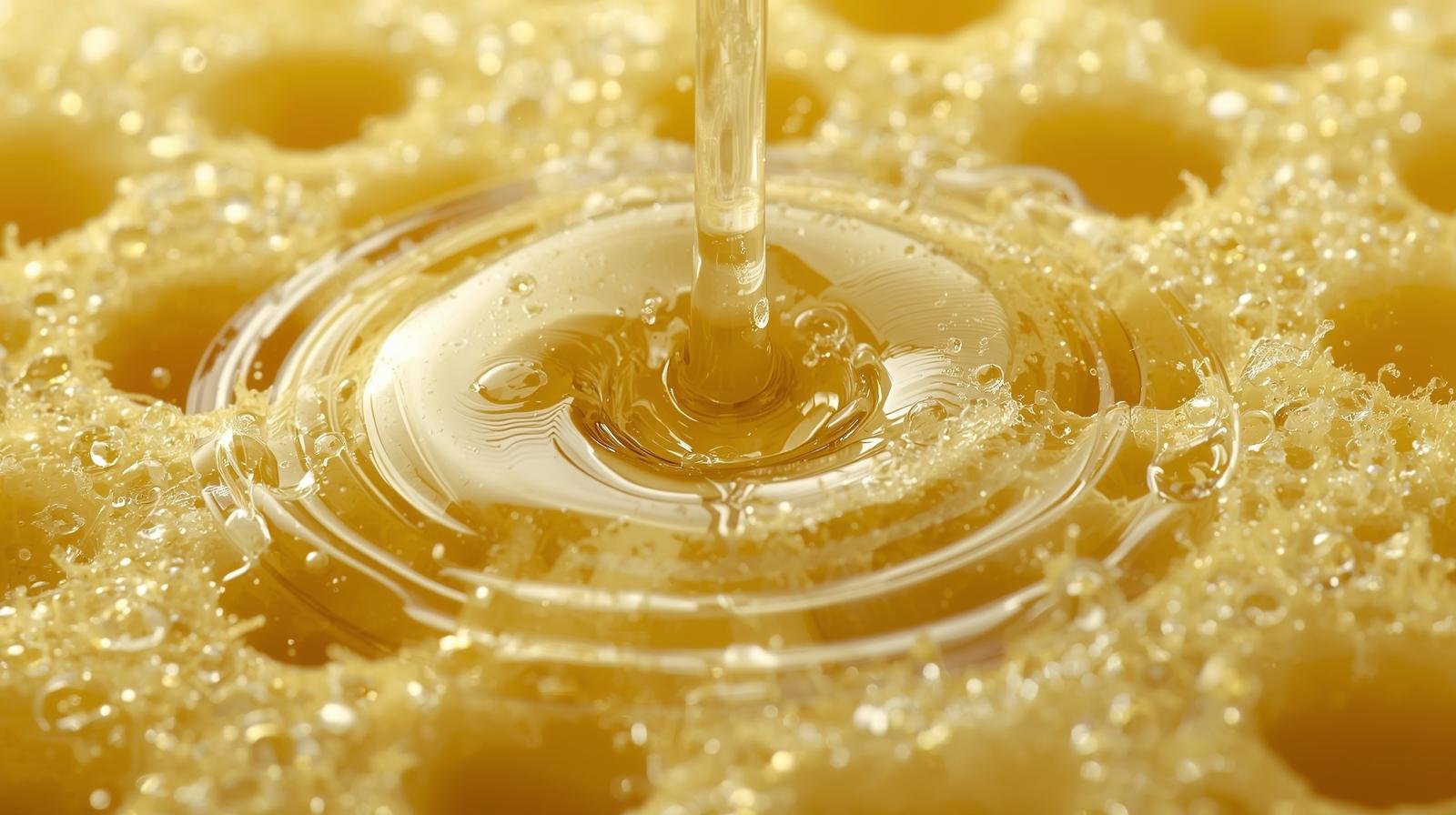
Finding the right water-absorbing material can save you time, money, and prevent long-term home damage. Towels, sponges, cellulose, and natural fibers rank among the most reliable options.
Why Choosing the Right Water-Absorbing Material Matters
Nearly 70% of household damage issues begin with moisture. A small spill, unnoticed leak, or unexpected flooding can lead to mold growth and property loss. Using the right material to soak up water isn’t just about cleaning—it’s about protecting your home. Whether you’re wiping down counters or addressing a larger problem like water seepage, the material you choose plays a big role in effectiveness and safety.
Think about it this way: not all materials absorb water equally. Some trap and hold moisture, while others spread it around or even create a breeding ground for bacteria. Choosing correctly means fewer odors, less damage, and better peace of mind.
Best Materials That Absorb Water at Home
The most reliable water-absorbing materials are designed with high porosity and quick-dry features. Here are the top picks you can use daily:
Cotton and Natural Fibers
Cotton towels and fabrics are household staples. They soak up large amounts of water, are reusable, and easy to wash. Natural fibers like wool and bamboo also absorb quickly, making them eco-friendly options for regular spills.
Sponges and Cellulose Pads
Sponges, especially those made from cellulose, can absorb up to 20 times their weight in water. They’re great for kitchen use, bathroom cleaning, or any small-scale spill. The only caution is bacteria buildup if not dried properly.
Microfiber Cloths
Microfiber is engineered to capture both liquid and tiny particles. Its fine threads make it far more absorbent than cotton, and it dries faster. Many people prefer microfiber for cleaning surfaces since it leaves less residue behind.
If a spill leads to deeper problems, like musty odors or stains, you may need mold remediation san mateo or professional water damage restoration san mateo ca. Acting early with the right material can save you from needing costly services later.
When Water Absorption Isn’t Enough
Sometimes, materials like towels and sponges only solve the surface problem. If water seeps into carpets, walls, or subfloors, the risk of mold and structural issues rises. That’s why experts recommend checking hidden areas after leaks or floods.
For example, water trapped under flooring can stay unnoticed for weeks. This moisture can cause both damage and health risks if left untreated. If you notice a musty smell or stains, it’s often a sign to call specialists for hazmat cleanup services or trauma scene cleanup in severe cases.
A quick step now prevents a bigger repair later, whether it’s hazmat house cleaning or biohazard cleanup cost estimate after water damage. Don’t wait for mold to spread before you take action.
Comparing Absorbent Materials for Different Needs
Everyday Cleaning
For quick spills on countertops, microfiber cloths are best. They clean surfaces thoroughly and dry faster than cotton.
Large Spills or Leaks
Use thick cotton towels or cellulose pads. They hold more water and can handle sudden leaks effectively.
Long-Term Protection
For ongoing dampness or humidity, silica gel packets or specialized absorbent mats can prevent moisture from damaging items in storage.
If you’re not sure whether to replace materials or call in experts, consider reaching out to hazmat clean up companies or haz mat cleaning professionals for advice. They handle not only spills but also the aftermath of water damage and trauma cleanup scenarios.
Protect Your Home With the Right Choice
Choosing the right material to soak up water is your first defense against home damage. But if spills turn into bigger problems like water damage in San Mateo, hazmat cleaning company support, or bio hazard services in ca, don’t hesitate to get professional help. Whether it’s mold removal san mateo or hazmat home cleaning, early action saves time, money, and stress.






